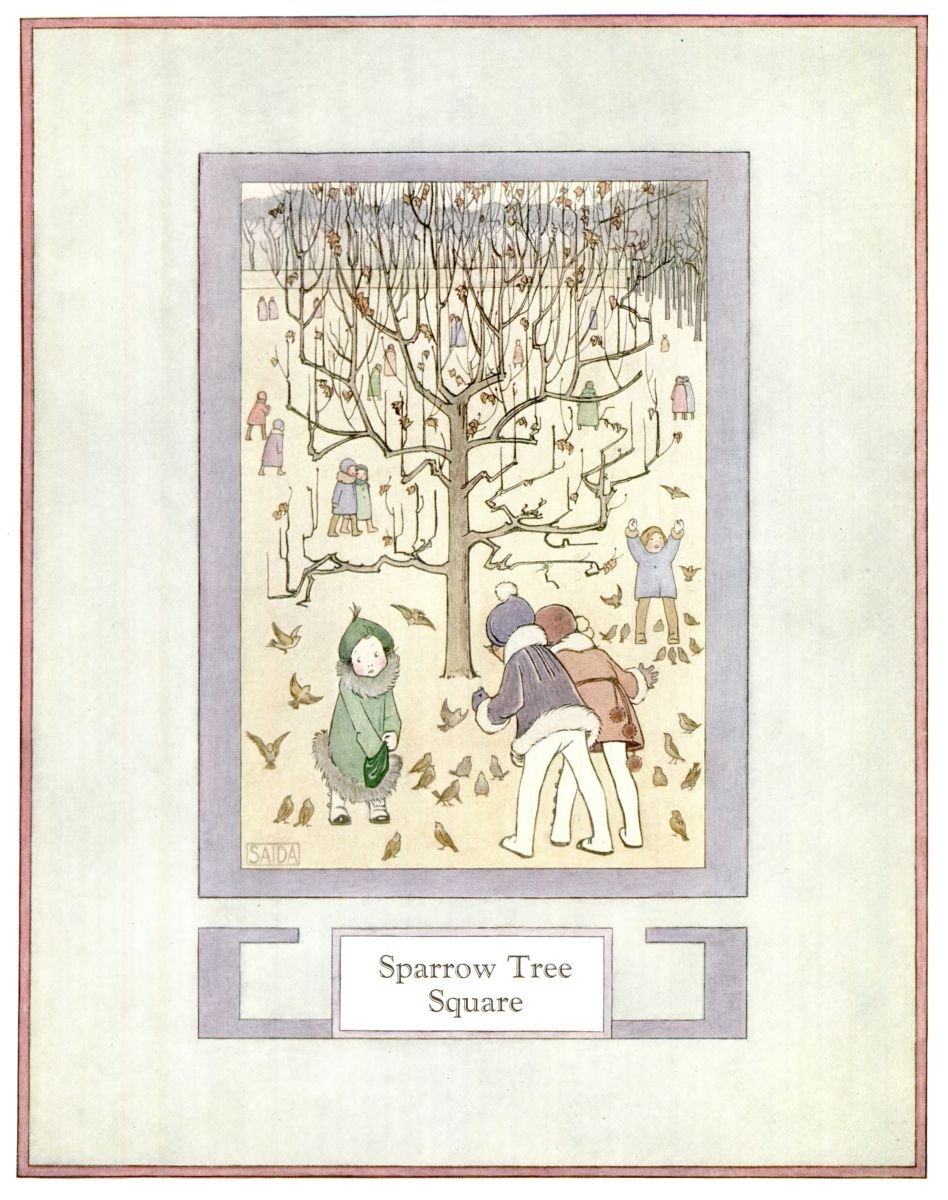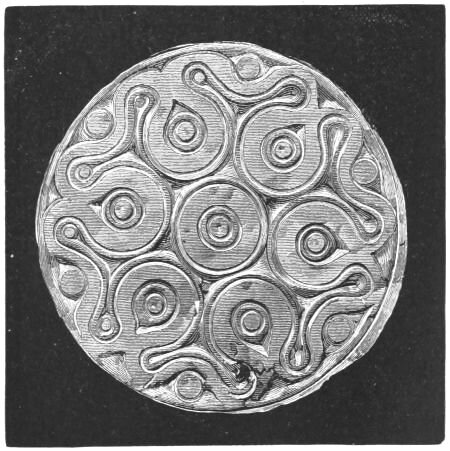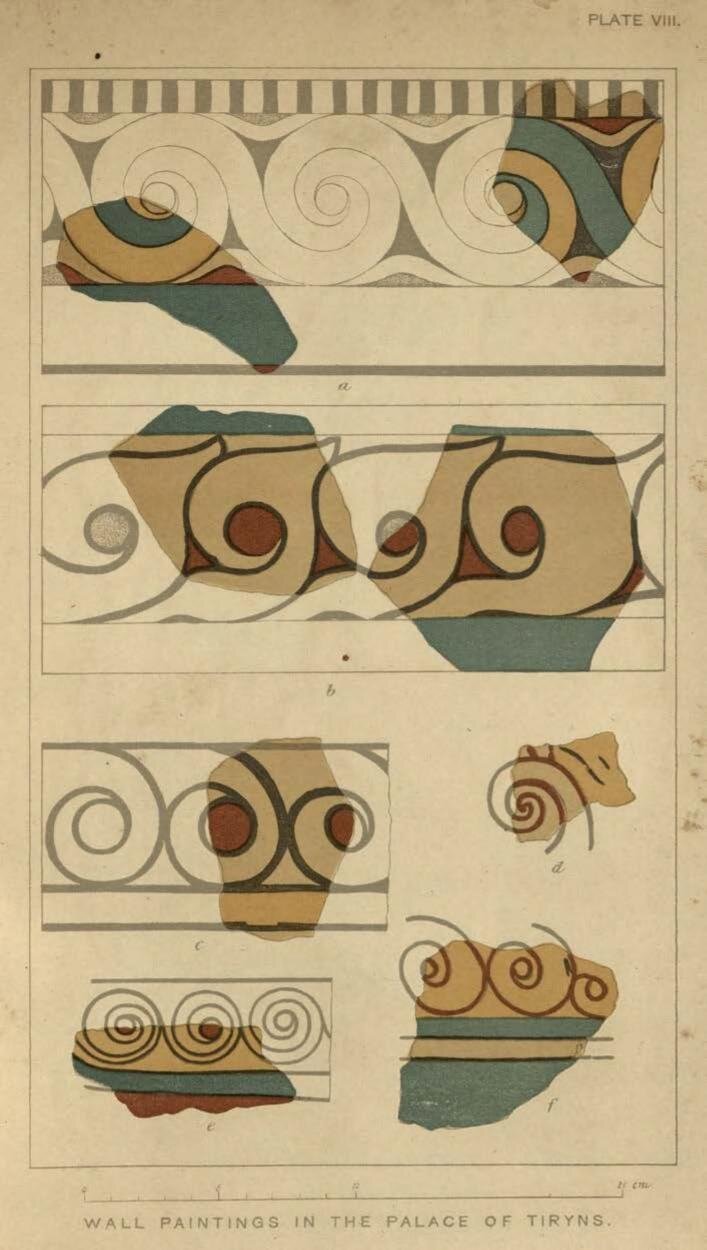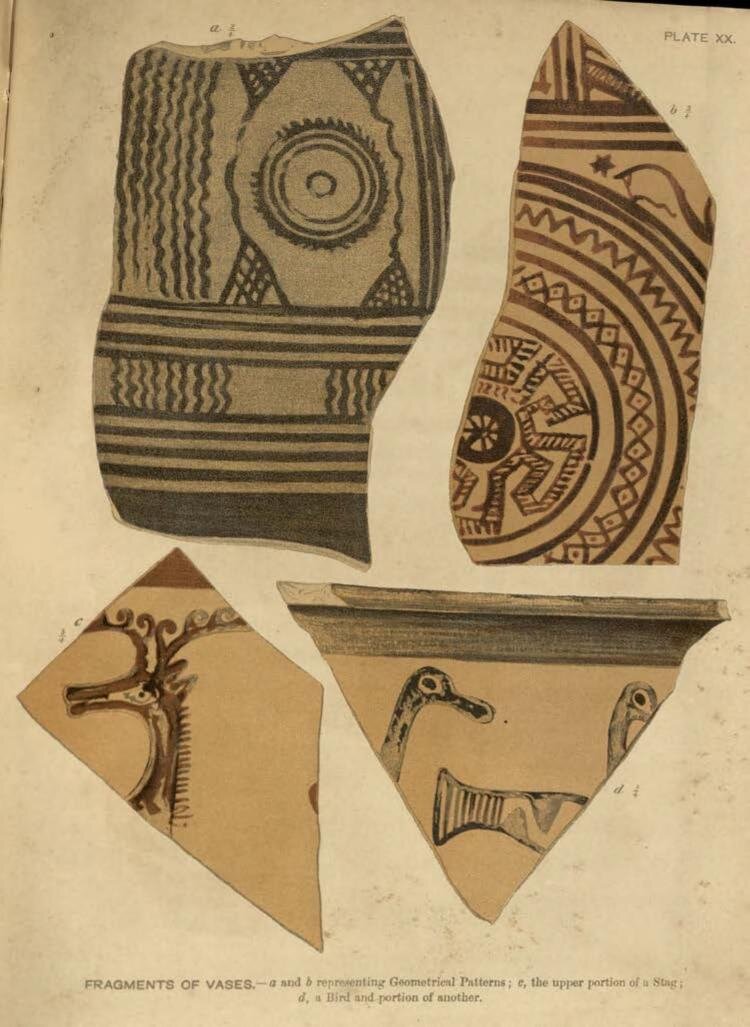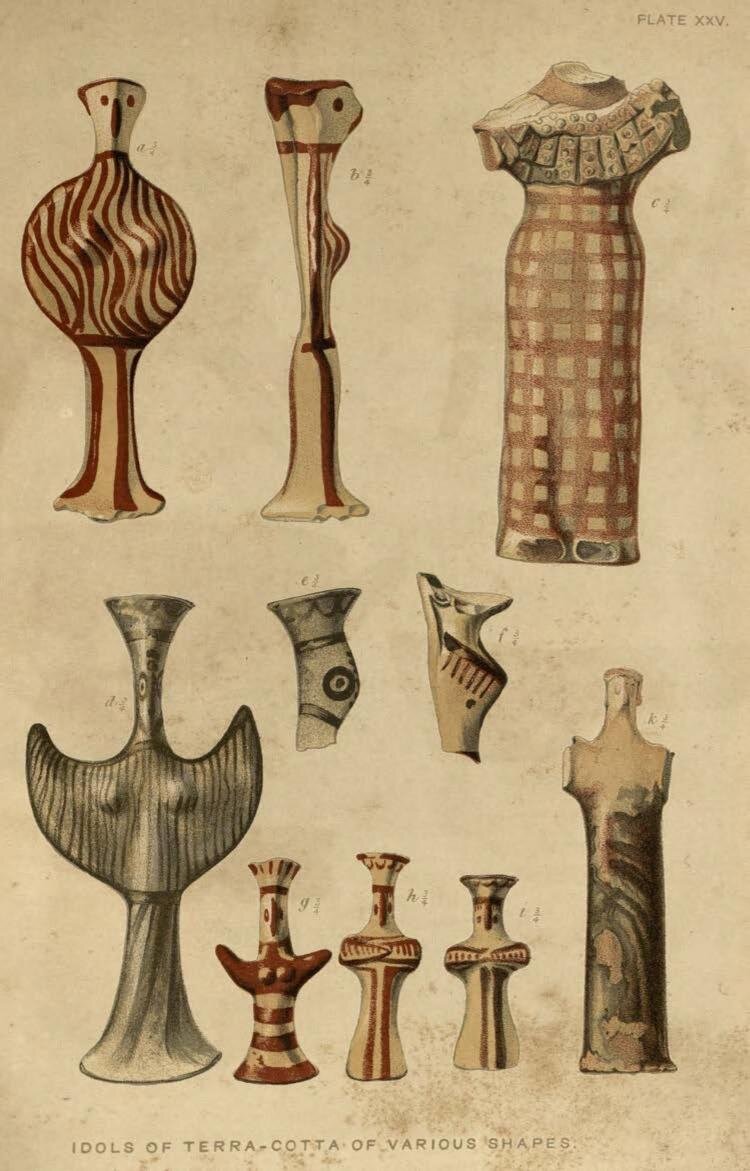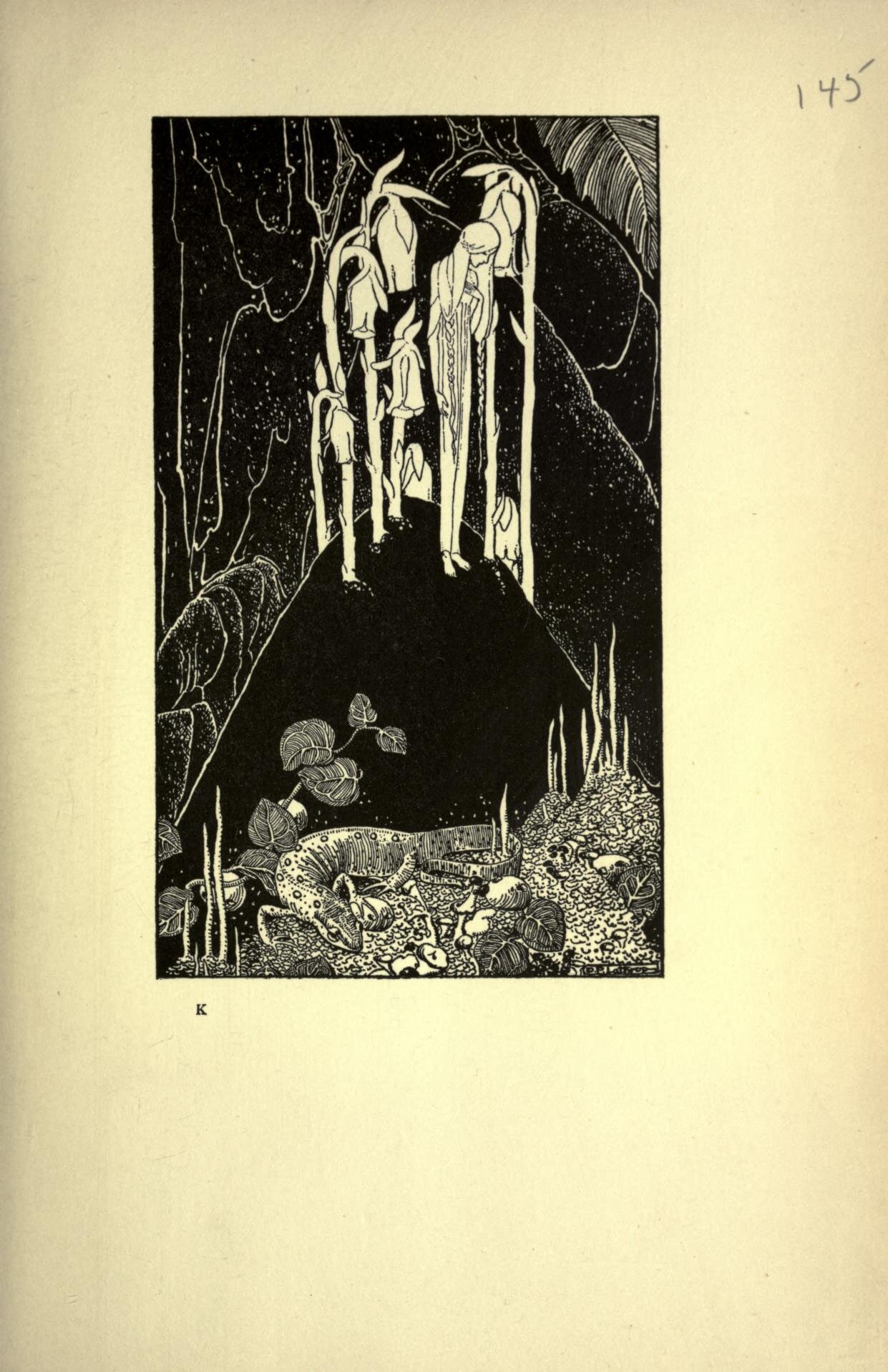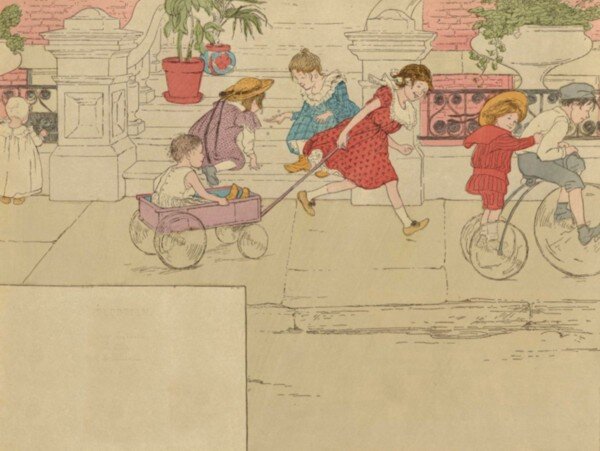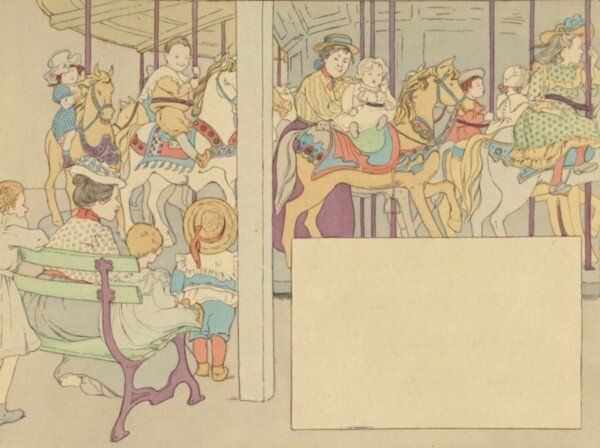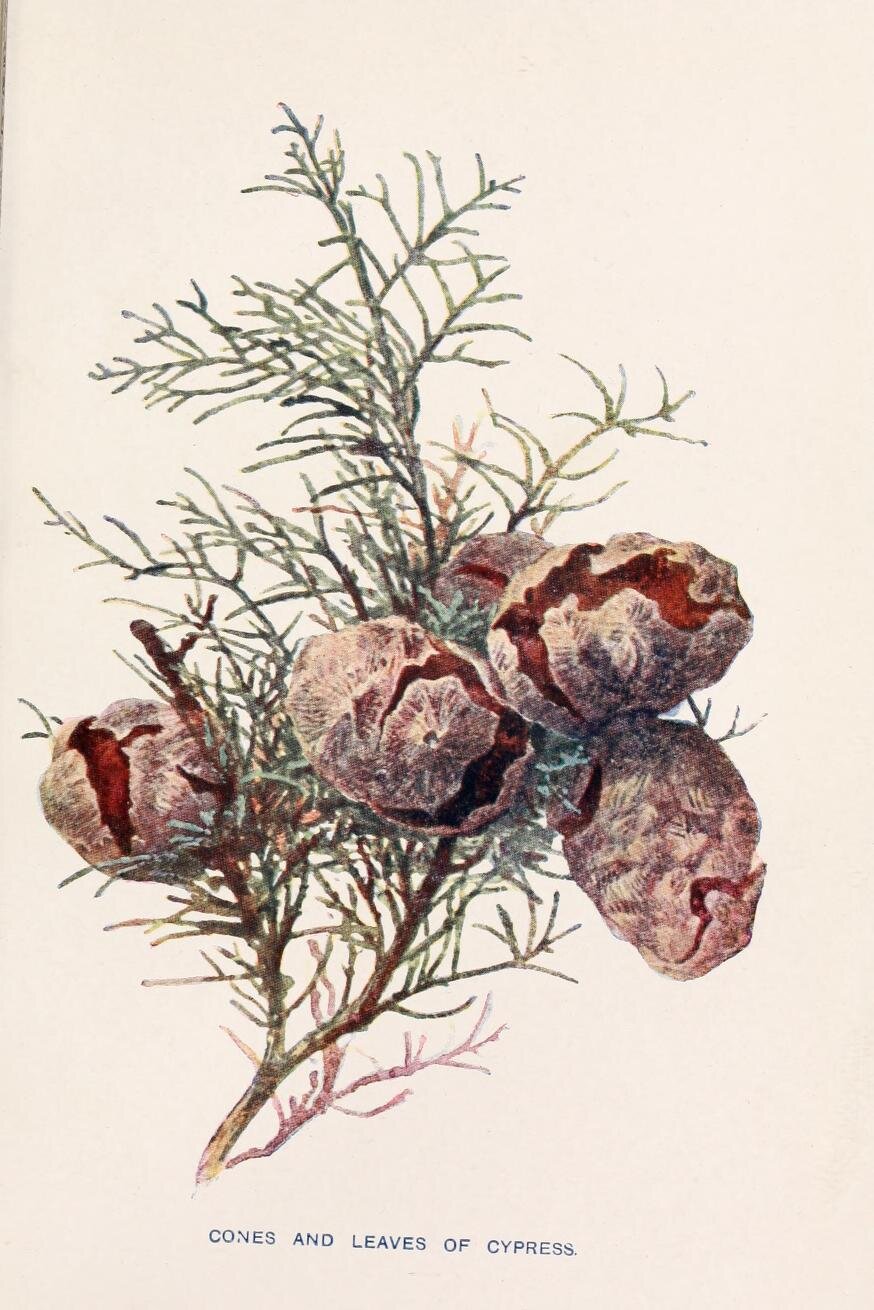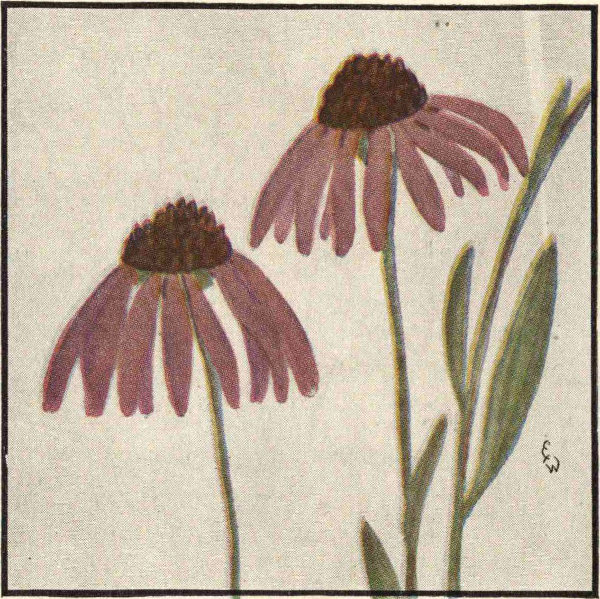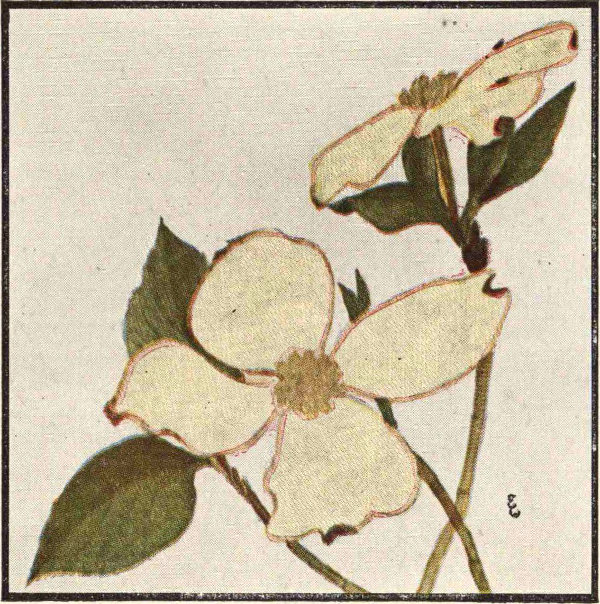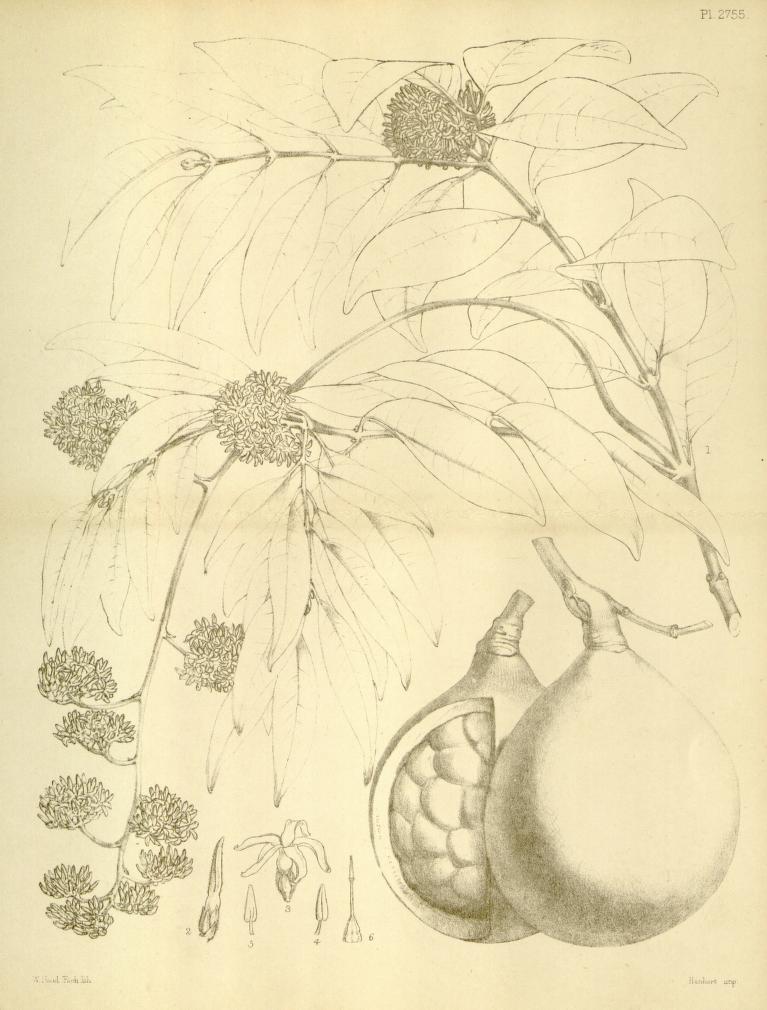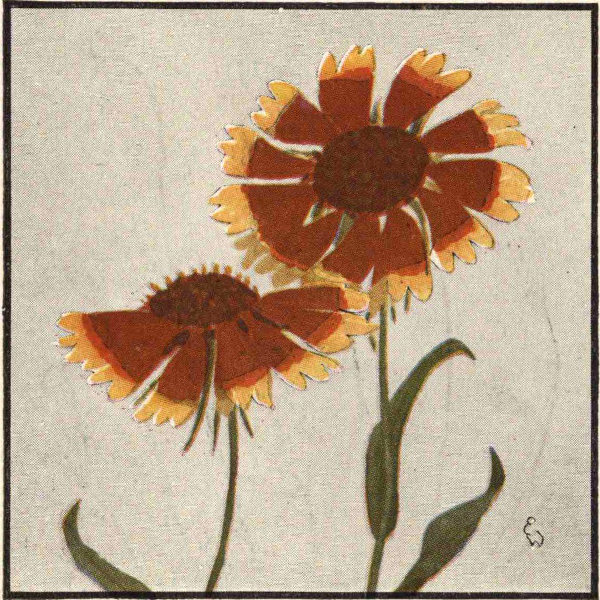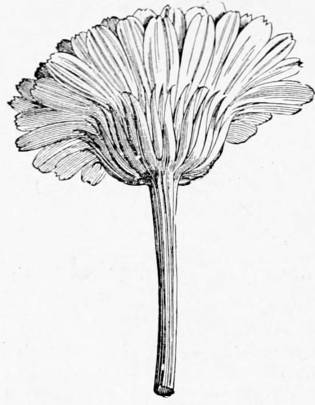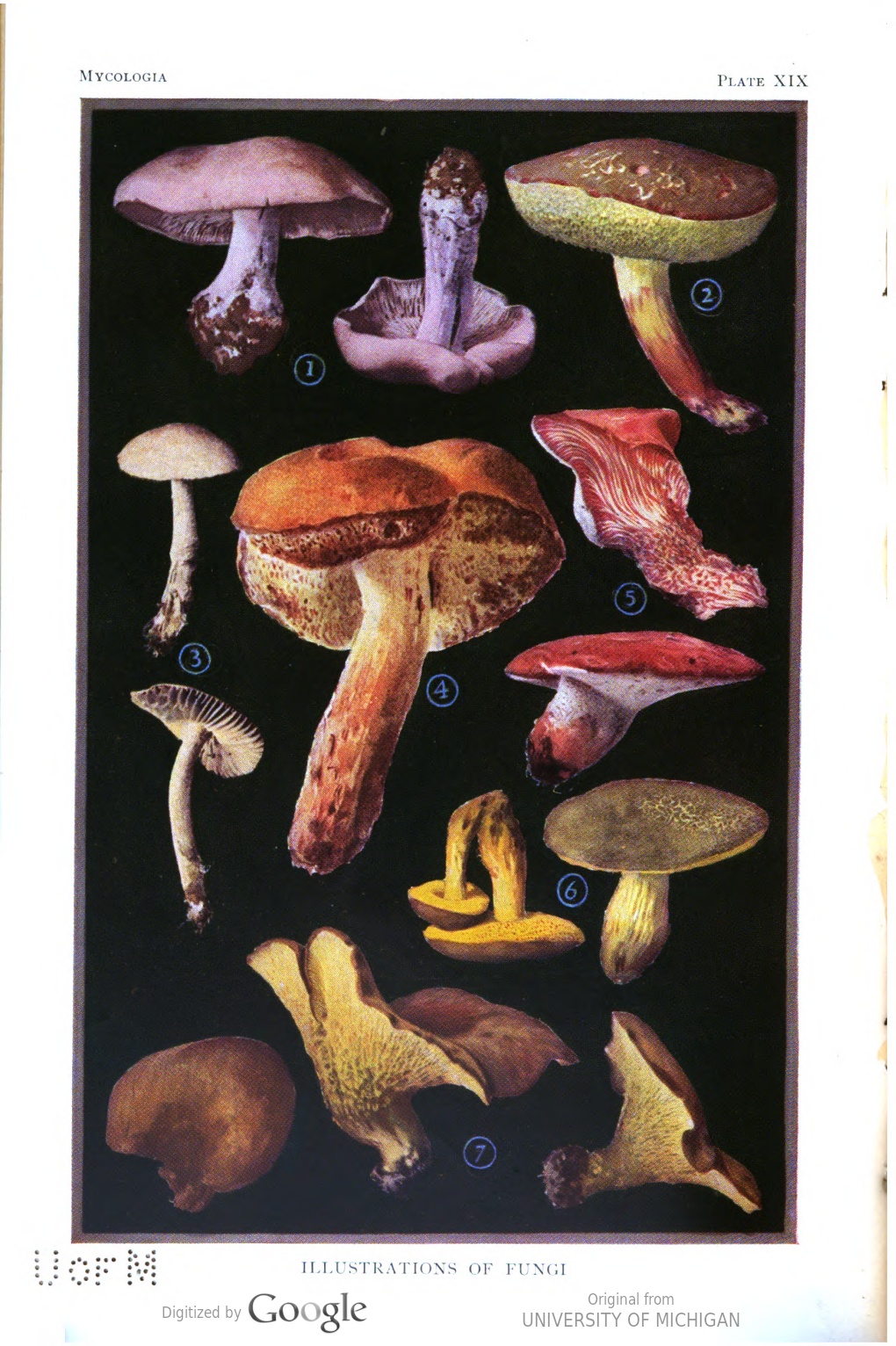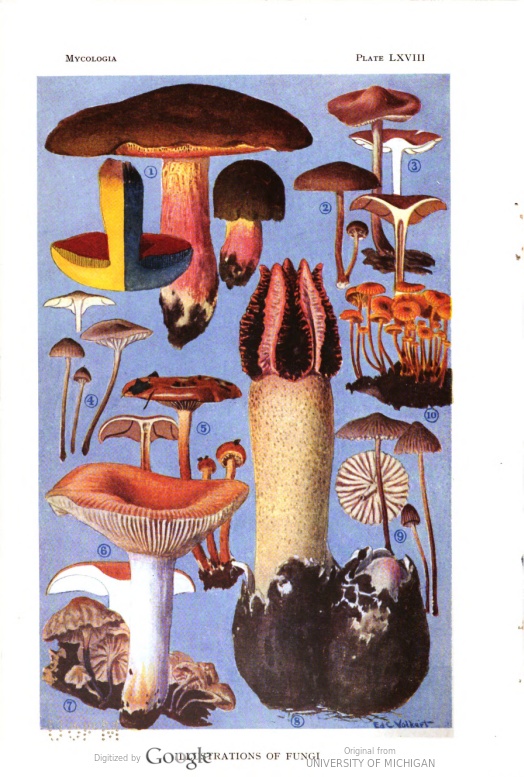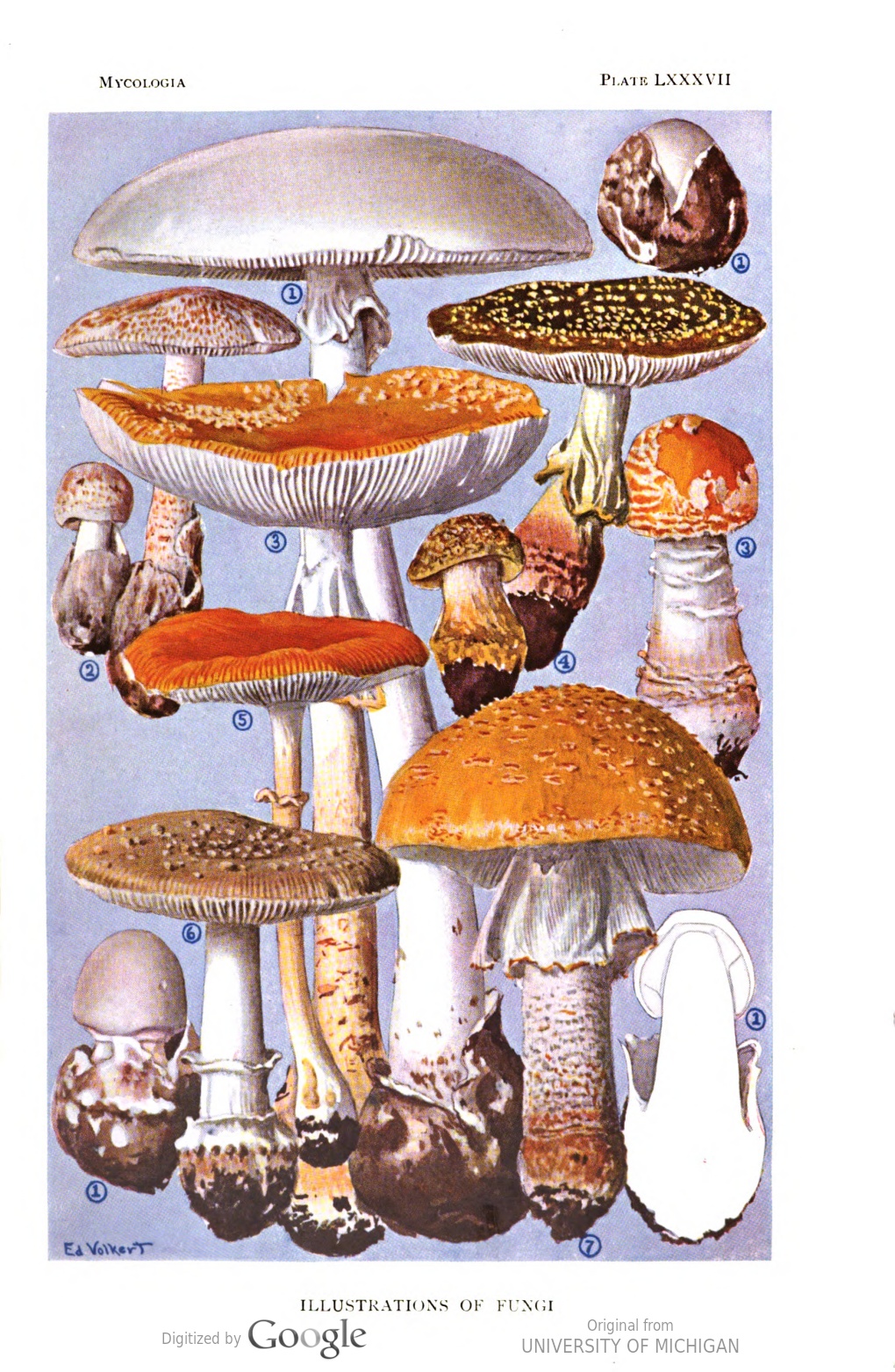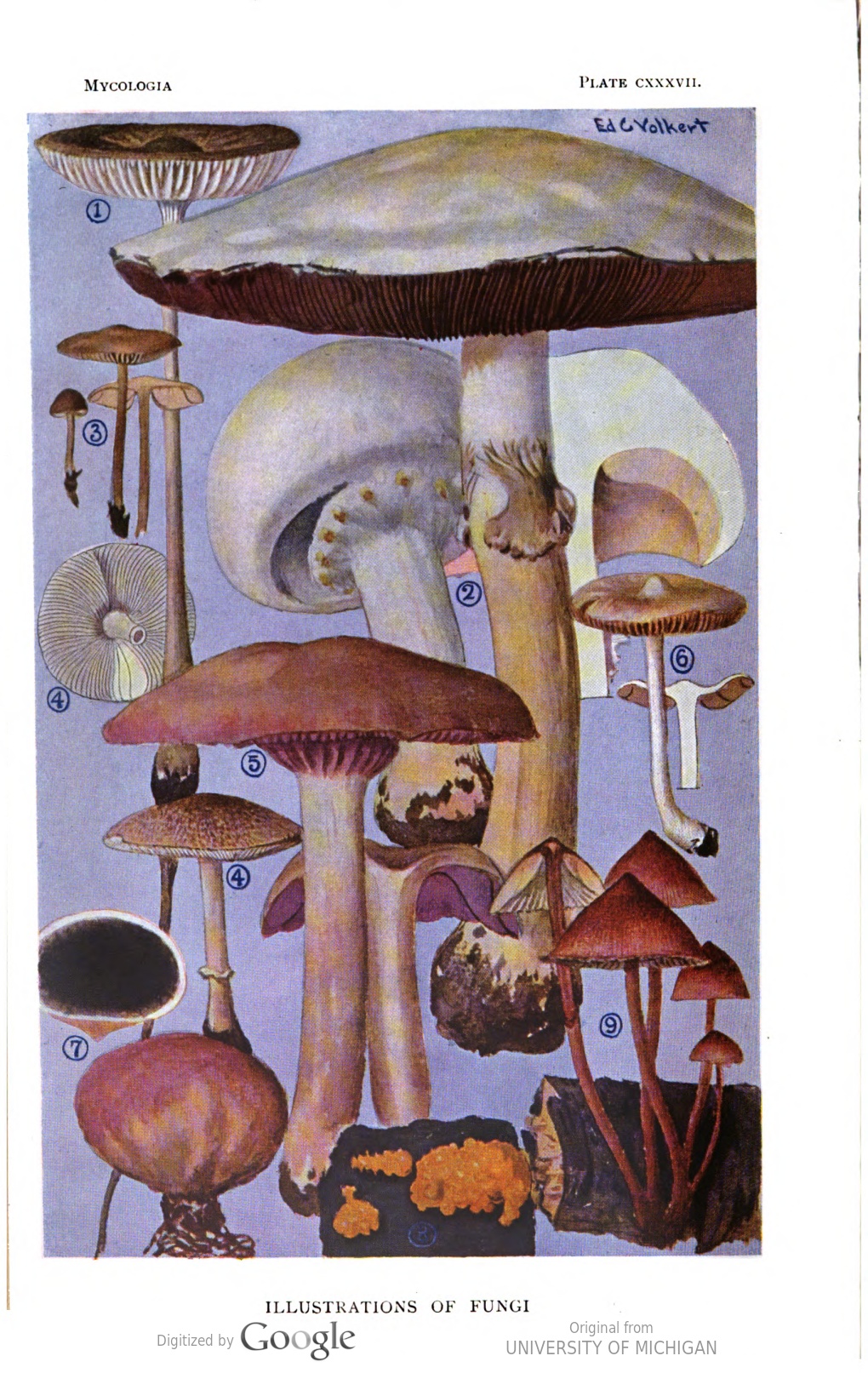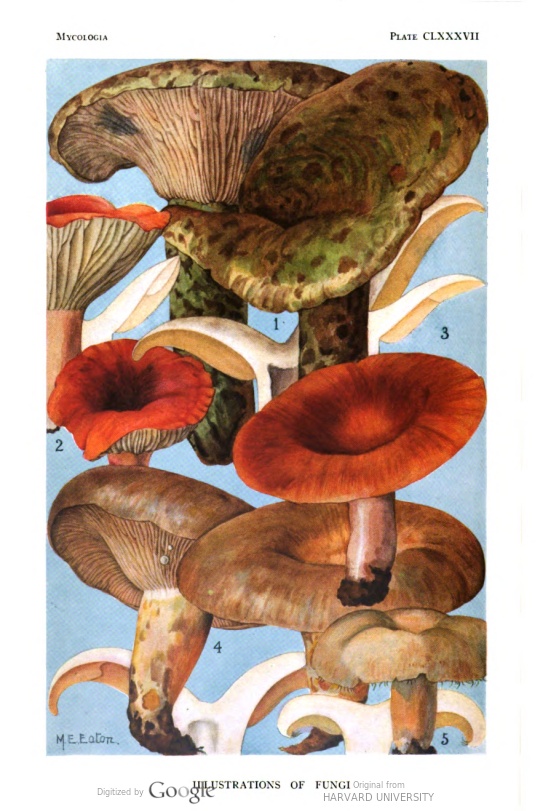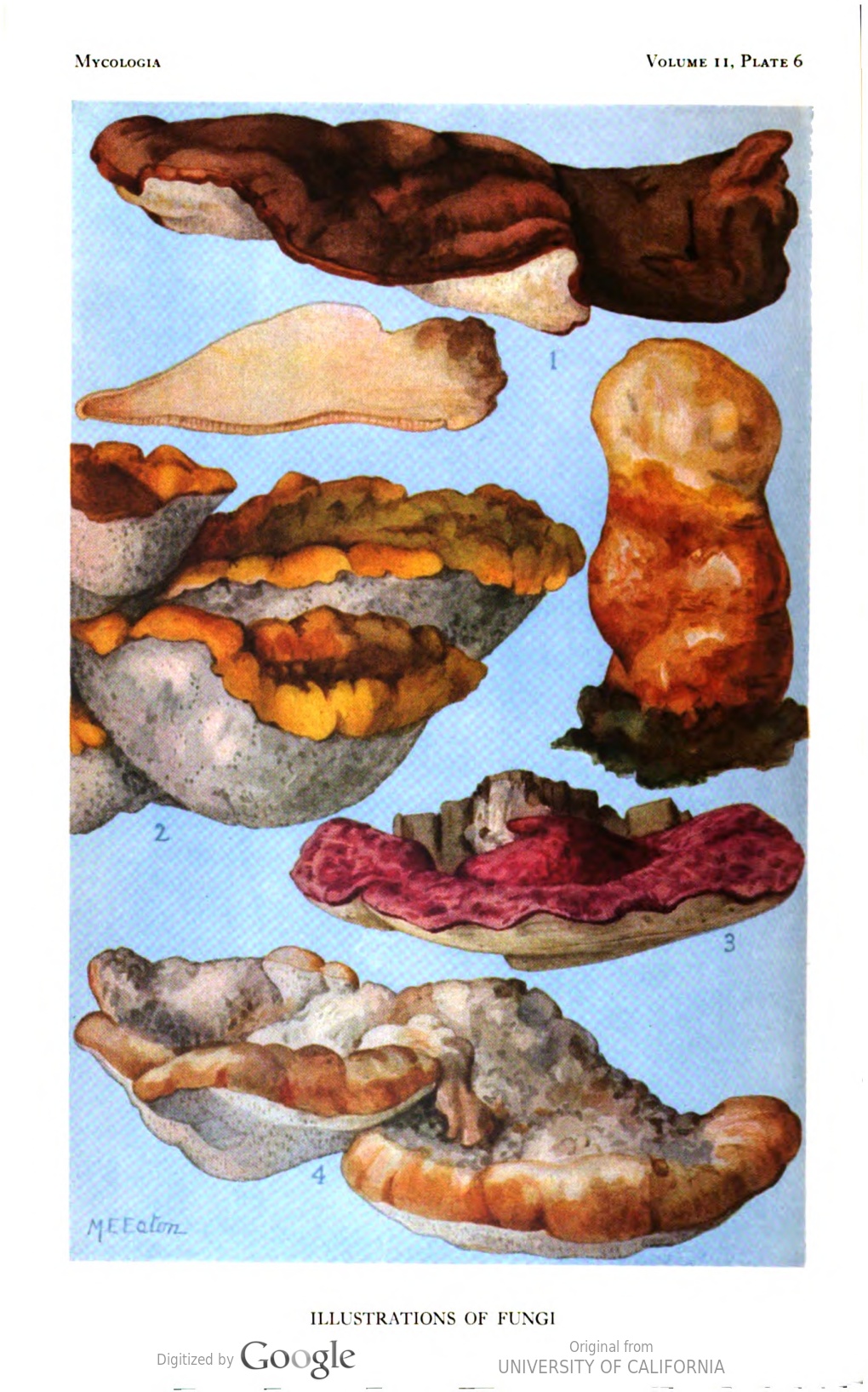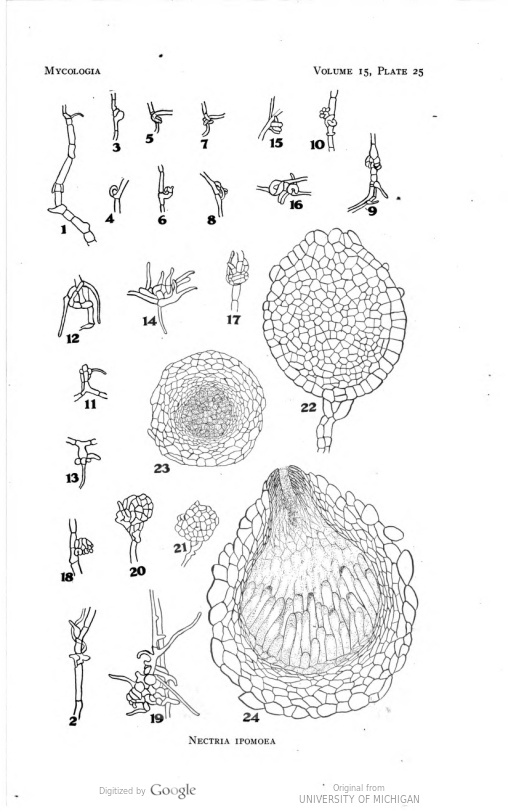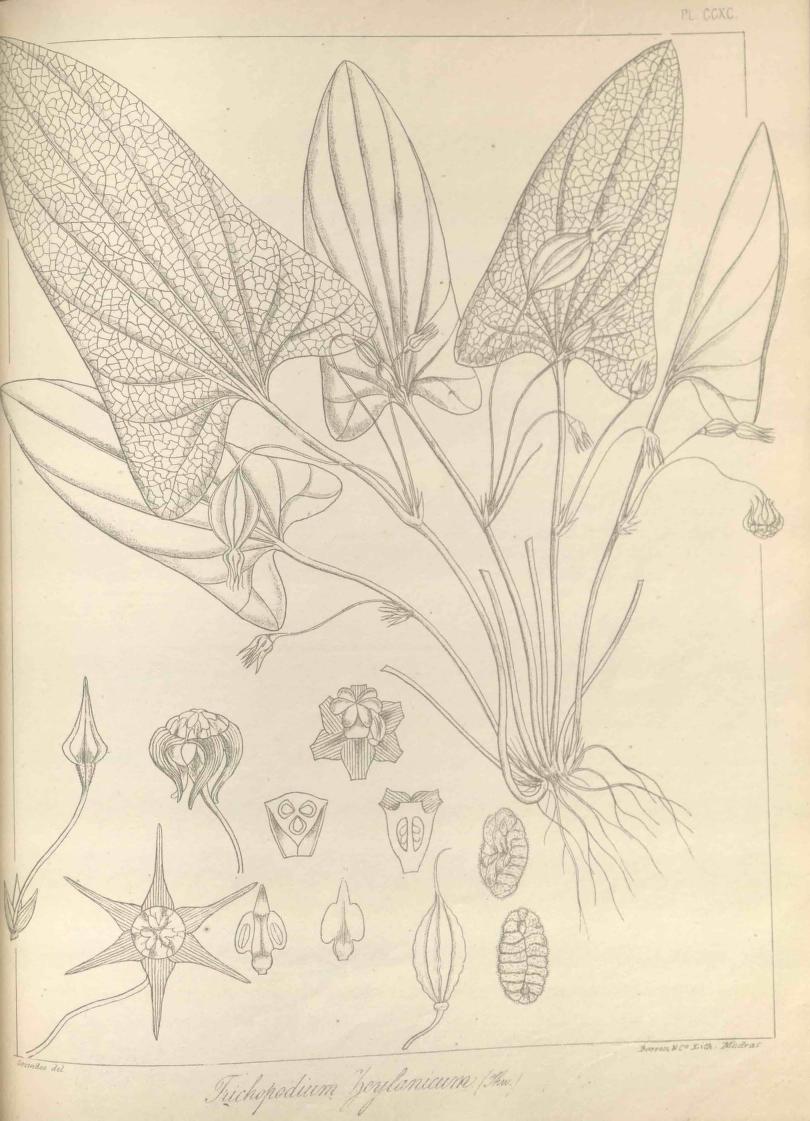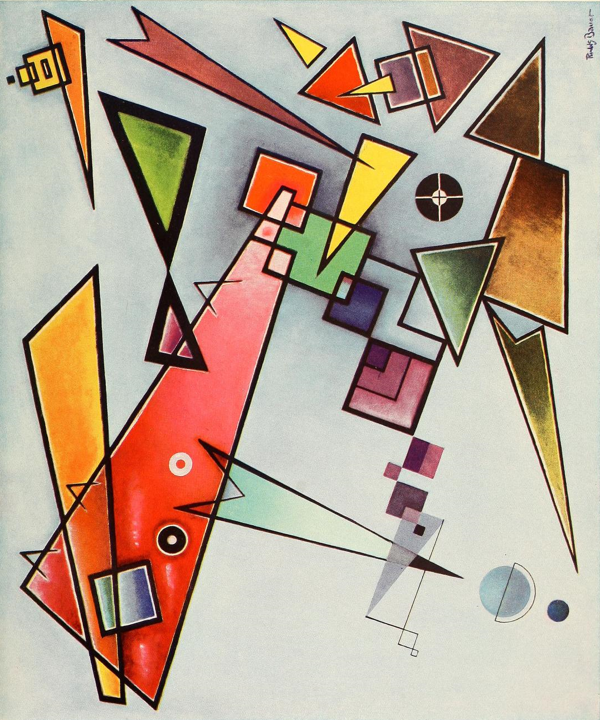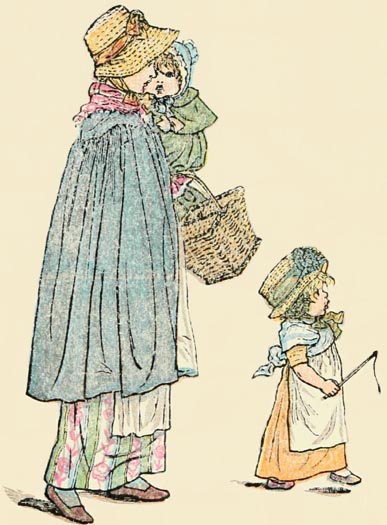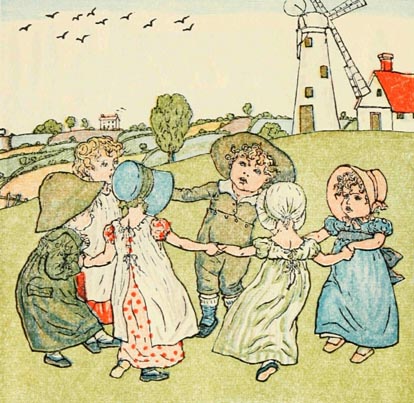Books – and other reading material – have changed a lot between the 1960s and now.
In the 1960s they were all physical – printed on paper. There were already paperbacks, but I remember hard backs more – textbooks and reference books along with fiction. Now those physical formats still exist, but there are digital forms available too. I have shifted almost entirely to digital forms (Kindle and Internet Archive mostly) for my reading. Most of what I read is something I will only read once so there is no reason to have the book permanently. Another reason I like digital books: the weight of the device I use for reading is less than one book; I can access a lot of books with no additional weight!
In the 1960s, we had sets of general references like encyclopedias at home; now we either use a search of the internet or sites like Wikipedia to get that type of information – i.e. digital vs a physical book. And the wed sites are usually free rather than purchased. There is also the added advantage that the information is refreshed frequently (although we do have to become more adept at accessing the quality of the information provided). In addition, many references I use now come in the form of apps (for example, Cronometer for calorie/nutritional information about foods, Merlin for bird identification, iNaturalist for other organism identification, and NPS for details about national parks).
It seemed like books were expensive in the 1960s; there were some we bought but most of them we checked out from libraries (school or public) or they were provided during the school year. My mother bought children’s books for my sisters and me prior to us becoming proficient reader; some of those books still exist – distributed primarily to her grandchildren over the years. Kindle books are available from my library…but I buy one occasionally. And Internet Archive has older books that are freely available and newer ones that can sometimes be checked out for 14 days (or for 1 hour which is ideal if it is a needed reference). It still is probably true that physical books are popular with young children/new readers.
Finding a particular book in the 1960s was done with card catalogs or a ‘books in print’ reference. Today I search the Amazon site; books are easy to find and then purchase. I don’t remember going into book stores in the 1960s, perhaps because we lived in a small town rather than a city….or my parents deciding that libraries should fulfill our need for books as we became good readers.
As I was growing up it always seemed like there were never enough books near at hand to read. That set the stage for me to start buying books – new and used – as an adult (past the 1960s) so that I would always have a substantial pile of books at home, ready to read. When digital forms of books became able – it was like a dream come true. At first, I printed some of the eBooks so that I could read them offline. Gradually, I began reading more and more books entirely online. These days I never lack for reading material…and I donated most of my physical books. We have a lot of empty bookcases.
Previous Then and Now posts















